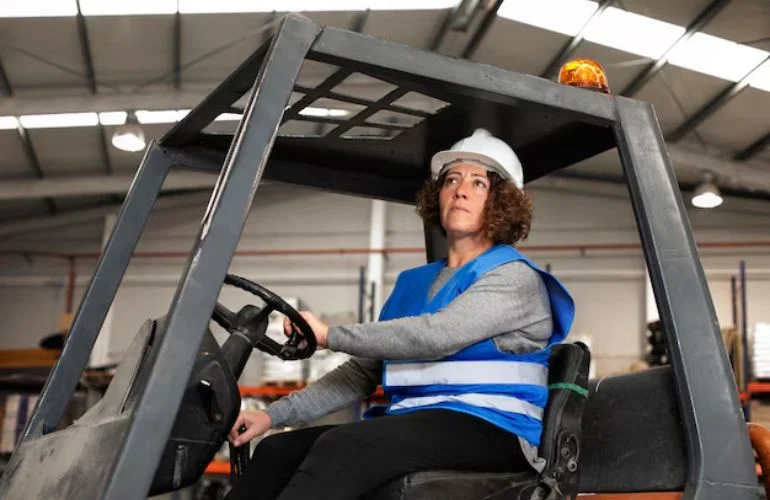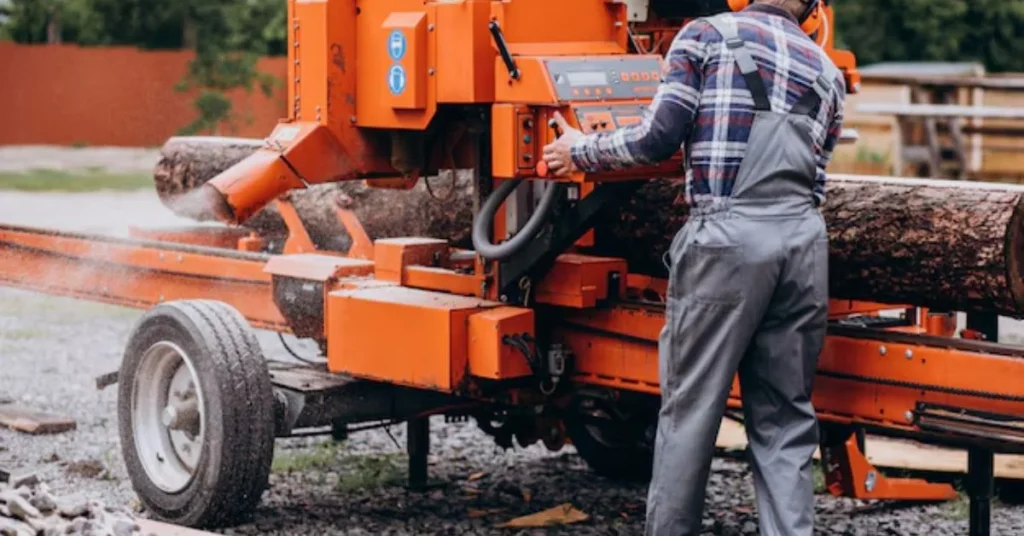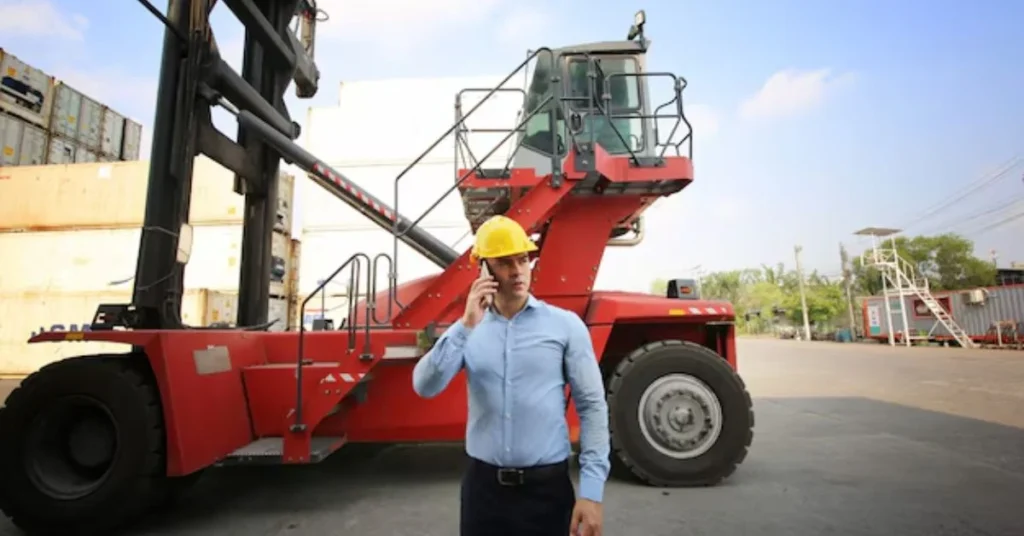
The Kubota L435 loader lift capacity is one of the most important features to consider when evaluating this tractor-loader combination. Whether you’re working on a farm, in construction, or handling landscaping tasks, understanding the lift capacity of the Kubota L435 ensures that you’re using it to its full potential. This guide will break down the specifications of the loader, how much weight it can handle, and why it’s a reliable choice for various lifting tasks.
Understanding the Kubota L435 Loader
The Kubota L435 is part of Kubota’s well-known line of utility tractors that are often paired with front-end loaders. These machines are designed for heavy-duty tasks, making them highly useful for farmers, landscapers, and construction workers. However, one of the main questions potential users ask is, “What is the Kubota L435 loader lift capacity?”
Must read Air Pump Adapter 3D Print Enerplex: A DIY Solution
What is Loader Lift Capacity?
Before diving into the specifics of the Kubota L435, it’s essential to understand what loader lift capacity means. The lift capacity refers to the maximum weight the loader can safely lift and handle without overloading the tractor or risking damage to the equipment.
Lift capacity is influenced by several factors, including:
- The weight and distribution of the load
- The height at which the loader is raised
- The type of bucket or attachment used
Understanding the lift capacity ensures that operators use the machine within its limits, improving safety and performance.
Kubota L435 Loader Lift Capacity: Specifications
The Kubota L435 loader lift capacity is a crucial specification that directly impacts the tasks it can handle. This loader is designed to lift a considerable amount of weight, making it ideal for various agricultural and construction applications. Generally, this model has a lift capacity in the range of 2,000 to 2,500 pounds, depending on the attachments used.
1. Standard Lift Capacity
The Kubota L435 can lift up to around 2,200 pounds at the pivot point, which is where the loader arm is attached. This capacity ensures that it can handle large loads, such as hay bales, dirt, and construction materials, making it suitable for heavy lifting tasks on farms and construction sites.

2. Height Considerations
The loader’s maximum lift height is another factor that affects its overall lift capacity. As the loader lifts materials to a greater height, the capacity decreases slightly. The maximum lift height for the Kubota L435 is typically around 102 inches (8.5 feet), which is more than sufficient for many tasks, including loading trucks and handling bulk materials.
3. Attachments and Lift Capacity
Different attachments, such as buckets or forks, can slightly alter the lift capacity. For example, a standard bucket may support a higher capacity, while other attachments might reduce the load due to added weight or limitations of the attachment.
Benefits of the Kubota L435 Loader
Choosing the Kubota L435 with its impressive lift capacity provides several advantages, especially for those who require efficiency and reliability in their day-to-day tasks.
1. Versatility
The loader’s ability to handle various materials, such as dirt, rocks, gravel, and hay, makes it versatile for different industries. Farmers, landscapers, and builders all benefit from the machine’s adaptable nature, as it can switch between different attachments easily.
2. Efficiency
With the ability to lift significant loads, the Kubota L435 can reduce the time it takes to move materials, increasing overall productivity. Its lift capacity means fewer trips, saving both time and fuel.
3. Durability
Kubota equipment is known for its durability, and the L435 is no exception. The loader is built to withstand heavy-duty usage, ensuring long-term reliability. The solid construction of the loader arms and frame means it can perform under challenging conditions.
Tasks Suited for the Kubota L435 Loader
Given the Kubota L435 loader lift capacity, it’s perfect for a wide variety of jobs, including:
1. Agricultural Work
Farmers can use the L435 to move large bales of hay, load feed, and transport heavy farm equipment. The tractor is particularly useful during harvest time when there’s a need to move bulk crops or materials.
2. Landscaping
Landscaping projects often involve moving large amounts of soil, gravel, or mulch. The Kubota L435’s lift capacity allows landscapers to complete these tasks efficiently, making it an invaluable tool for clearing and preparing land.

3. Construction Projects
Construction sites often require the movement of heavy materials like cement, bricks, or debris. The L435’s ability to lift significant weights makes it a practical solution for on-site material handling, saving time and manpower.
How to Maximize the Lift Capacity of Your Kubota L435
While the Kubota L435 loader lift capacity is already impressive, there are a few steps you can take to maximize its performance and ensure you’re using the loader to its full potential.
1. Proper Weight Distribution
Ensure that the weight you are lifting is evenly distributed across the bucket or attachment. Uneven loads can affect the loader’s stability and reduce its ability to lift effectively.
2. Regular Maintenance
Keep your loader in top condition by following regular maintenance schedules. This includes checking hydraulic fluid levels, inspecting the loader arms for wear and tear, and ensuring that all attachments are securely fastened.
3. Use the Right Attachments
Using the appropriate attachments for the task at hand can improve the loader’s performance. For example, a pallet fork attachment may be better suited for certain jobs, like lifting heavy boxes, than a bucket attachment.
Safety Tips When Using the Kubota L435 Loader
Operating a loader safely is crucial, especially when handling heavy loads. Here are a few safety tips to keep in mind when using the Kubota L435 loader:
1. Don’t Exceed Lift Capacity
Always be aware of the loader’s lift capacity, and never attempt to lift more than the maximum recommended weight. Overloading the loader can lead to accidents or damage to the equipment.
2. Keep Loads Low
When transporting heavy materials, keep the load low to the ground to maintain stability. Raising the load too high while moving can make the tractor unstable, increasing the risk of tipping.
3. Wear Protective Gear
Always wear appropriate safety gear when operating machinery, including gloves, boots, and a hard hat. Ensuring you have proper safety measures in place helps protect you from potential accidents.
Conclusion
In conclusion, the Kubota L435 loader lift capacity makes this machine a powerful and reliable tool for a wide range of tasks. Whether you’re handling large amounts of hay, moving construction materials, or working on landscaping projects, the Kubota L435 provides the strength and versatility you need to get the job done efficiently. By understanding its lift capacity and following safety guidelines, you can maximize the performance of your Kubota L435 and ensure it remains a valuable asset for years to come. Click here for more information.

What is the Kubota L435 loader lift capacity?
The Kubota L435 loader lift capacity is typically around 2,000 to 2,500 pounds, depending on the attachments used and the height of the load.
What attachments can I use with the Kubota L435 loader?
You can use a variety of attachments, including buckets, pallet forks, and grapples. Each attachment may slightly alter the loader’s lift capacity.
How does lift height affect the loader’s capacity?
As the lift height increases, the loader’s capacity may decrease slightly due to the balance and leverage needed to lift the load higher.
Can I use the Kubota L435 for construction work?
Yes, the Kubota L435 loader is well-suited for construction tasks, including moving heavy materials like bricks, cement, and debris.
How can I maintain the loader’s lift capacity over time?
Regular maintenance, including checking hydraulic systems, ensuring proper lubrication, and keeping attachments in good condition, will help maintain the loader’s lift capacity.





